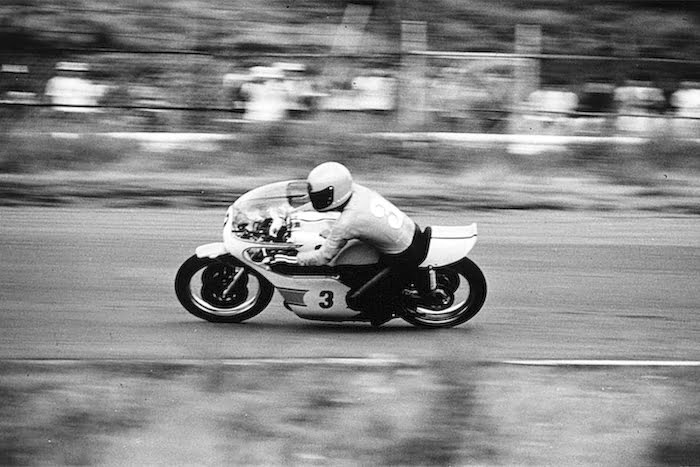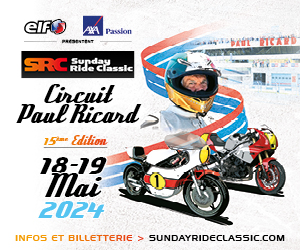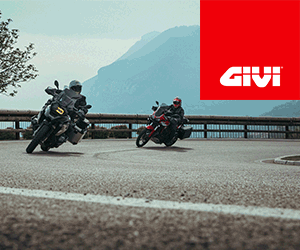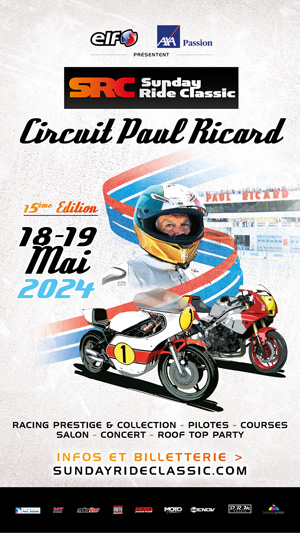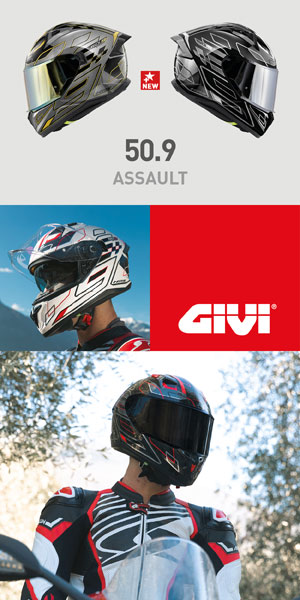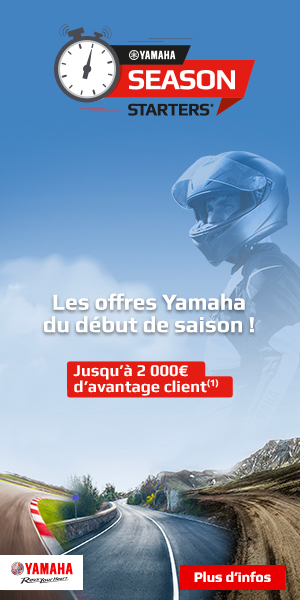Giacomo Agostini and Jarno Saarinen are two legendary drivers, you will agree. Hideo Kanaya accompanied the two heroes in the most beautiful way, sometimes shining at the highest level. A look back at the story of a forgotten precursor.
Hideo was born in Kobe in 1945. At the age of 20, he began to make a name for himself as a pilot Kawasaki in Japan, until his first world wildcard, at Suzuka, like many of his compatriots. These spontaneous rounds were the perfect opportunity to get noticed at the highest level.
In the 125cc category, he achieved the feat of finishing third behind the big names. His rise as a Kawa rider continued until the national 250cc title in 1969. Yamaha, growing considerably on the circuits, poached Hideo for testing.
It was only from 1972 that the tuning fork firm brought its luxury joker to European soil.
Kanaya has no experience of the tortuous routes of the old continent but will have to adapt. Bad luck, the first round of the season is scheduled for
Nurburgring, one of the most technical circuits in the world.
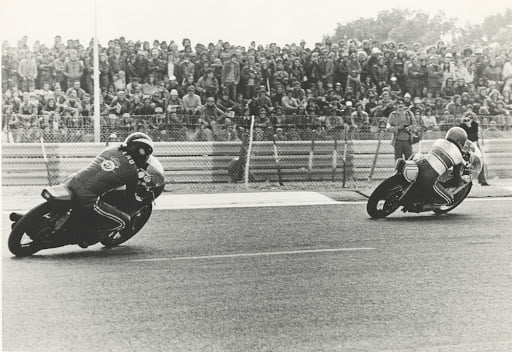
Here with Phil Read. Photo: Yamaha Community
To everyone's surprise, Kanaya won in 250cc, all on the handlebars of a very poorly prepared machine. The phenomenon is launched. The Japanese competes in other races this season but never complete championships: Yamaha preserves him and often sends him to the country to test, his main function. In view of the excellent performance in 250 tsp and
350 tsp, the brand gave him the opportunity to express himself again in 1973.
Jarno Saarinen, supported by Kanaya, won everything aboard the YZR250 0W17 in 250cc but also in 500cc. Yamaha had evolved considerably in the meantime, but unfortunately, the death of the Finnish prodigy at Monza caused the firm to withdraw for this year. Hideo, who had an exceptional year – although behind his legendary teammate – was therefore sent back to Japan.
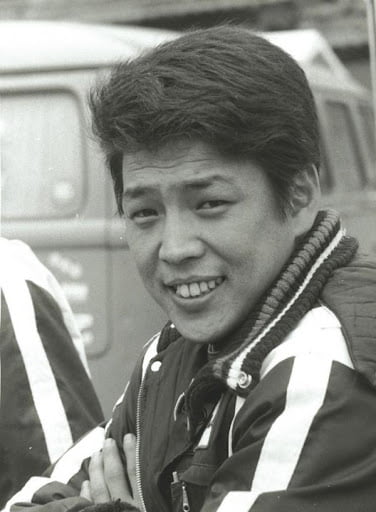
Photo: Yamaha Community
The plan was simple: Come back stronger with Kanaya but also Agostini, newly hired. Unfortunately, our man of the day suffers a serious injury
Daytona 200, traditionally held before the start of the season. This forced him to miss the entire 1974 financial year. Then, there are two paths. Reborn or disappear. Hideo chooses the first option.
In 1975, he established himself as one of the best pilots in the world. At Paul ricard, he and his teammate Agostini fly away in front of everyone else. Until the end, the battle was undecided but fate chose the Italian for half a second. At the next meeting, in Austria, the roles are reversed. Kanaya takes control of the race when Ago has to retire with an engine problem.
That day, Hideo became the first Japanese to triumph in the 500cc Grand Prix, after having overcome the 350cc earlier in the day. Two other great results will follow before being repatriated, once again, to develop the machines. In just four races, Hideo scored enough points to finish third in the championship. A real feat. The pilot title still comes home thanks to the “King Ago”.
This year marks a turning point. He breaks the lap record on the circuit of Suzuka
in the Japanese championship and won the prestigious Macau Grand Prix. Unfortunately, we will no longer see Kanaya on the world circuits. At only 31 years old, Yamaha relegated him to tests and less important events.
Despite everything, we are dealing here with one of the greatest talents of the 1970s, great underestimated in history. Japanese precursor and author of an astonishing comeback after injury, we don't talk enough about Kanaya and his importance for Yamaha in their conquest of the 500cc title. Today we pay tribute to him: Hideo died in 2013, aged 68.
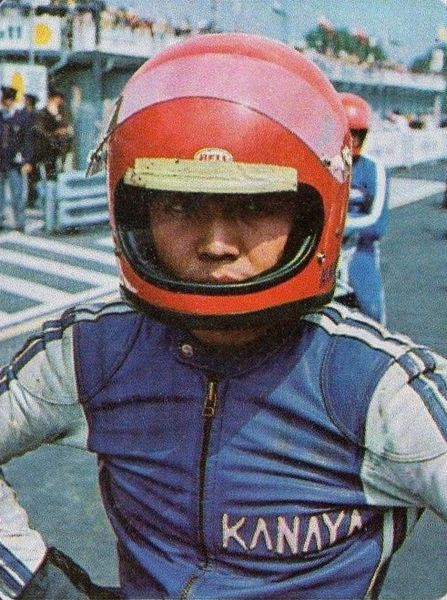
Cover photo: Yamaha











